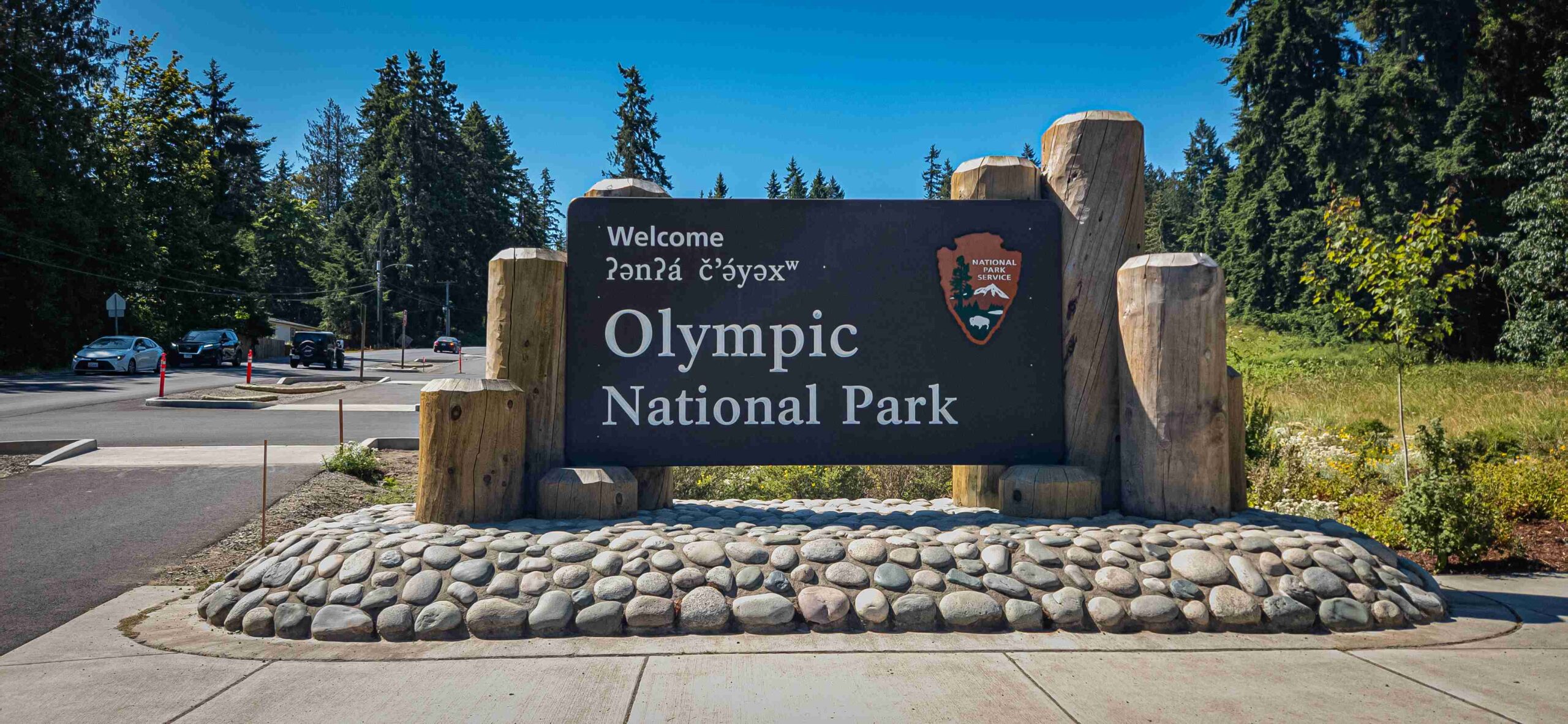Olympic National Park’s geologic formations are a testament to millions of years of Earth’s history. The park showcases a diverse array of sedimentary rocks, volcanic basalts, and glacial features. These formations, shaped by tectonic forces, underwater volcanoes, and glacial activity, offer visitors a unique glimpse into the geological processes that have sculpted the Olympic Peninsula’s dramatic landscape.
What Are the Main Types of Geologic Formations in Olympic National Park?

Olympic National Park’s geologic formations can be categorized into three main types:
- Sedimentary Rocks
- Volcanic Formations
- Glacial Features
Let’s explore each of these in detail.
Sedimentary Rocks
Sedimentary rocks form the backbone of the Olympic Mountains. These rocks originated from underwater deposits in the Pacific Ocean and were later uplifted to form the mountains we see today.
Key sedimentary formations include:
- Soleduck Formation: One of the oldest rock formations in the Olympics, dating back to the Cretaceous period.
- Sandstone, Shale, and Conglomerates: Formed from turbidites, underwater landslide deposits that flowed miles offshore.
Volcanic Formations
Volcanic activity played a crucial role in shaping the Olympic Peninsula. The most significant volcanic formation is:
- Crescent Formation Basalts: These basalts form a horseshoe-shaped series of ridges and peaks along the northern, eastern, and southern margins of the Olympics.
Glacial Features
Glacial activity has left a lasting impact on the Olympic landscape. Key glacial features include:
- Numerous glaciers (approximately 50 in the park)
- U-shaped valleys
- Cirques
- Moraines
How Old Are the Geologic Formations in Olympic National Park?

The age of Olympic National Park’s geologic formations spans millions of years:
| Formation Type | Age Range |
|---|---|
| Sedimentary Rocks | 55-15 million years old |
| Crescent Formation Basalts | Over 55 million years old |
| Glacial Features | Formed during the Pleistocene epoch (2.6 million to 11,700 years ago) |
Where Can Visitors See the Most Impressive Geologic Formations?
Olympic National Park offers numerous locations to observe its geologic wonders:
- Hurricane Ridge: Offers panoramic views of the Olympic Mountains and glaciated valleys.
- Hoh Rainforest: Showcases the effects of glacial erosion and sediment deposition.
- Olympic Coast: Displays the Crescent Formation basalts along the shoreline.
- Mount Olympus: Home to some of the park’s largest glaciers.
What Are the Unique Characteristics of Olympic National Park’s Geology?
Olympic National Park’s geology is distinguished by several unique characteristics:
- Accretionary Complex: The Olympic Mountains formed as an accretionary wedge, where sediments were scraped off the subducting oceanic plate.
- Crescent Formation: This horseshoe-shaped basalt formation is a remnant of ancient seafloor volcanism.
- Glacial Landscape: The park’s rugged terrain is largely the result of extensive glaciation during the Pleistocene epoch.
- Active Tectonics: The ongoing subduction of the Juan de Fuca Plate beneath North America continues to shape the region.
How Can Visitors Safely Explore Olympic National Park’s Geologic Formations?
To safely explore Olympic National Park’s geologic formations:
- Stay on designated trails: This helps protect both you and the park’s fragile ecosystems.
- Check weather conditions: The park’s weather can be unpredictable, especially at higher elevations.
- Carry essential supplies: Bring water, food, first-aid kit, and appropriate clothing.
- Inform others of your plans: Always let someone know your hiking or exploration plans.
- Respect wildlife: Observe animals from a safe distance and never feed them.
What Educational Resources Are Available About Olympic National Park’s Geology?
Visitors interested in learning more about Olympic National Park’s geology can take advantage of several resources:
- Visitor Centers: The park’s visitor centers offer exhibits and information about local geology.
- Ranger-led Programs: Seasonal programs often include geology walks and talks.
- Interpretive Signs: Many trails feature signs explaining geological features.
- Park Website: The official park website provides detailed information about the park’s geology.
- Geology Guidebooks: Several books focusing on Olympic National Park’s geology are available for purchase.
How Has Olympic National Park’s Geology Influenced Its Ecosystems?
Olympic National Park’s geology has profoundly influenced its diverse ecosystems:
- Rainforests: The mountains create a rain shadow effect, leading to lush rainforests on the western slopes.
- Alpine Meadows: High-elevation areas shaped by glaciation support unique alpine plant communities.
- Coastal Habitats: The rugged coastline, shaped by tectonic uplift and erosion, provides habitats for diverse marine life.
- Rivers and Streams: Glacial meltwater and high precipitation feed the park’s extensive river systems.
By understanding the geologic foundations of Olympic National Park, visitors can gain a deeper appreciation for the complex interplay between geology, climate, and ecology that makes this park a unique and treasured natural wonder.
References:
1. https://www.dnr.wa.gov/programs-and-services/geology/explore-popular-geology/geologic-provinces-washington/olympic
2. https://npshistory.com/publications/olym/geology-danner.pdf
3. https://www.nps.gov/olym/planyourvisit/upload/geology_printer-friendly.pdf

